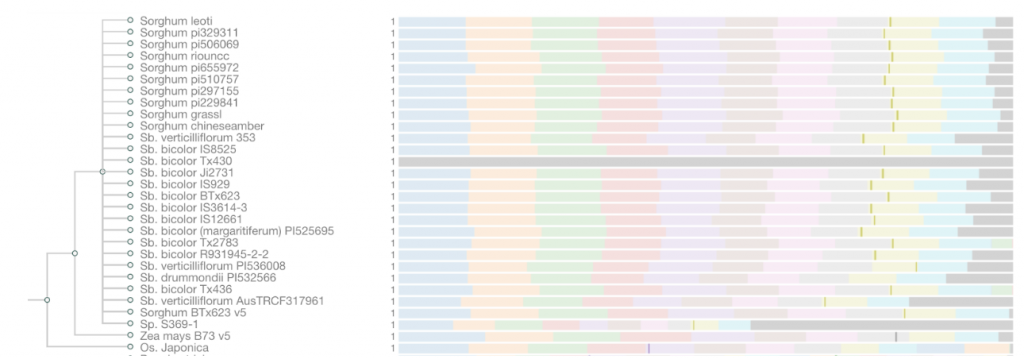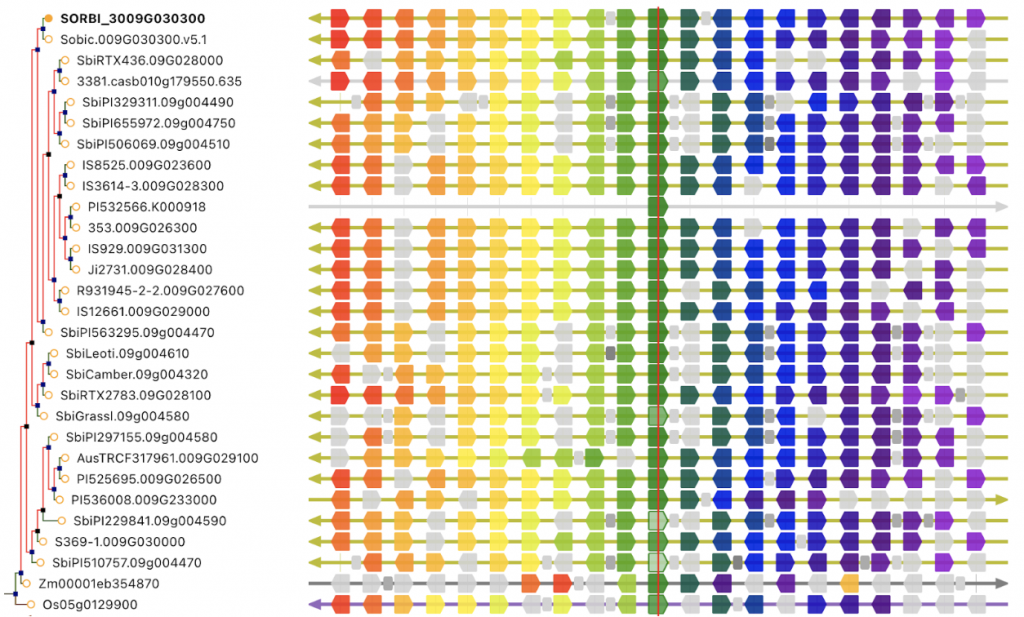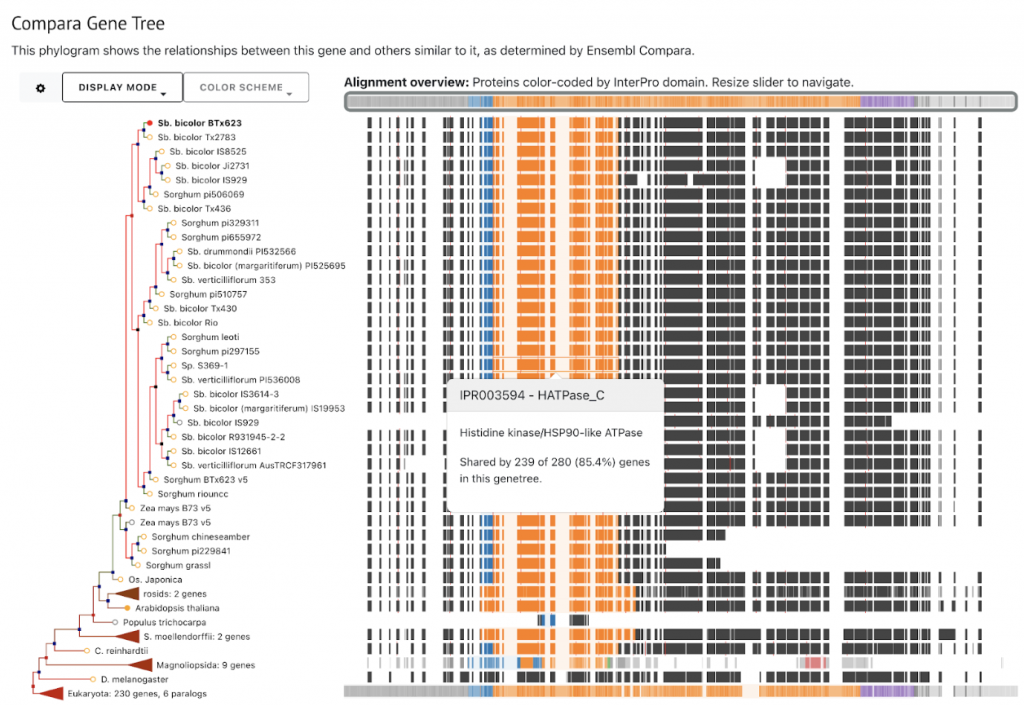Characterization and Functional Conservation of SbRPAP3 in the R2TP Complex
The R2TP complex, named after the four yeast proteins Rvb1, Rvb2, Tah1, and Pih1, is a molecular chaperone involved in diverse cellular processes including the assembly and maintenance of some large protein complexes. There is a dearth of research into the various subunits of R2TP complexes and associated proteins in plants. In yeast, the ‘T’ component of R2TP is Tah1 (tetratricopeptide repeat-containing protein associated with heat-shock protein 90 (Hsp90)) and consists of 111 residues, while in humans it is referred to as RNA polymerase II-associated protein 3 (RPAP3), and has 665 residues. This component has been shown to act as a co-chaperone of Hsp90, facilitating interactions between other components of the R2TP complex. The Rvb proteins (RUVBLs in human) are similar to bacterial recombination UV protein B (RuvB), and Pih1 got its name because it is a protein that interacts with Hsp90. Researchers at the University of Campinas-UNICAMP and University of Toronto characterized the orthologous RPAP3 component within the R2TP complex of Sorghum bicolor, SbRPAP3 (Sobic.009G030300), which consisted of 396 residues. Using RoseTTaFold and AlphaFold2, Antonio and colleagues produced computational models predicting the tertiary structure of SbRPAP3. The researchers then superimposed the predicted structure onto the structures from yeast and human orthologs and found them to be similar, suggesting functional conservation. The structure of SbRPAP3 was also compared to orthologs from other plant species, such as monocots T. aestivum and Z. mays and the dicot A. thaliana, and was found to be similar, potentially allowing for the implications of the present study to be applied to monocots and dicots. Experiments also demonstrated binding of SbRPAP3 with plant sugarcane ortholog molecular chaperones Hsp90, Hsp70 and human RUVBLs. These findings confirm functional conservation of the SbRPAP3 subunit and suggest further research into the roles of the R2TP complex in Sorghum.
SorghumBase examples:



Reference:
Antonio LM, Martins GH, Aragão AZB, Quel NG, Zazeri G, Houry WA, Ramos CHI. Unveiling the Role of Sorghum RPAP3 in the Function of R2TP Complex: Insights into Protein Assembly in Plants. Plants (Basel). 2023 Aug 12;12(16):2925. PMID: 37631136. doi:10.3390/plants12162925. Read more
Related Project Websites:
- Ramos Lab at University of Campinas-UNICAMP: https://cramos04.wixsite.com/laborat-rio-de-bioqu
- Houry Lab at University of Toronto: http://lab.walidhoury.com/


